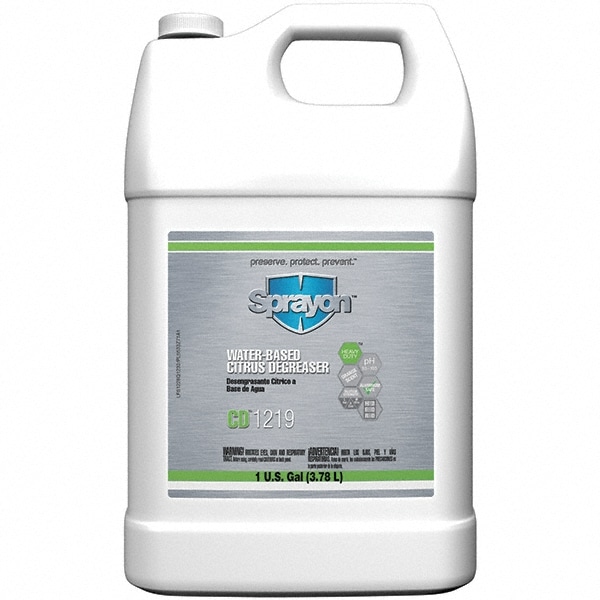
Also used in the cleaning treatment of mildew as well as soot and smoke damage. A strong degreaser Trisodium phosphate (TSP) is often utilised to prepare walls for painting. Trisodium phosphate and sodium carbonate, or washing soda, are also alkaline cleaning agents. Used to clean and whiten fabrics as well as surfaces, chlorine bleach also works as an effective disinfectant.

Chlorine bleach is an alkaline solution of sodium hypochlorite dissolved in water.

Dilute solutions of ammonia are stronger alkaline cleaners and often used for glass cleaning, floor cleaning and other surfaces because it doesn’t leave a residue when dry. Sodium bisulphate, hydrochloric acid and sulfuric acid are even stronger acids that are sometimes included in toilet cleaners.īaking soda or sodium bicarbonate is a weak base sometimes used to clean glass and wall tiles. Oxalic acid is a stronger acid that’s sometimes used as a rust remover. Both citric acid and acetic acid are weak acids. Both can help to remove mineral deposits, such as limescale or rust stains, particularly from sinks and glassware. When we think of common acidic cleaners, our first thought often goes to vinegar, which is a dilute solution of acetic acid, or maybe lemon juice which is a citric acid. Alkaline cleaners are more commonly used than acidic although a combination of the two is sometimes the optimum application. Alkaline cleaners, on the other hand, remove oils, fats, greases, and proteins. In general terms, acidic cleaners are great for brightening metals and removing mineral deposits or oxidation on surfaces. For example, water has a pH of 7 because when water breaks up, the split is equitable into one hydrogen ion for every hydroxide ion.Įnough of the science, we’re more interested in the application of the theory as far as cleaning products go, and how the pH value can affect our choices in cleaning products. A pH of 7 is neutral, meaning that the amount of hydrogen ions and hydroxide ions in a solution are equal. Just in case you’d forgotten, the term pH symbolises the hydrogen ion concentration in a solution (for example, what proportion of a solution contains hydrogen ions). Cast your mind back to your school days and chemistry lessons and, besides several near-miss explosions and the child that always burned himself on the Bunsen burner, you will probably remember spending copious amounts of time dipping litmus paper into solutions to test acidity and alkalinity.


 0 kommentar(er)
0 kommentar(er)
